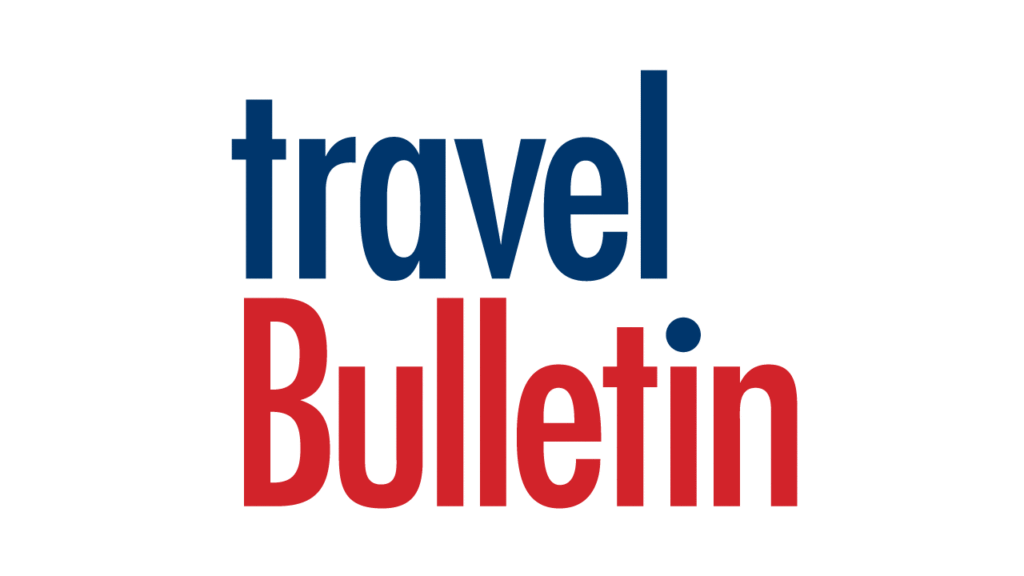By Bruce Piper
When World Aviation’s managing director James Vaile took the job 18 months ago, he joined the Helloworld offshoot after a stellar career in computers. After starting out in airlines, he switched to technology via a number of senior global roles with Microsoft, and was part of the genesis of the business which eventually became Expedia.
Such was the success of these roles that Vaile retired very young and keeps his hand in the online world via a board membership of NZ housing website realestate.co.nz. However like many who start out in travel, the lure of the industry was such that it drew him back in – albeit with a unique perspective from his time with Microsoft which has seen World Aviation reinvented.
Four years ago World Aviation and its sister business Global Aviation Services had operations across the country, with state offices, sales managers, and all of the associated costs. “In the old days consolidators were ticketing on their associated GSA carriers for cashflow,” he told travelBulletin. “That model no longer exists”.
Instead, since coming into the business, Vaile has restructured things and “thrown on a layer of analytics”, introducing a transparency which sees the company work collaboratively with its clients which include Hawaiian Airlines, Sichuan Airlines, TAP Portugal, Air Botswana, Royal Jordanian, Alaska Airlines, Aer Lingus, Hong Kong Airlines, MIAT Mongolian Airlines, Virgin Atlantic and Jet Airways on the World Aviation side, as well as Delta Air Lines, Kenya Airways and Egyptair within Global Aviation.
In particular the old method of tracking performance via “flown revenue” – which meant key information often wasn’t available for some months because of long booking lead times – has been expanded to include ticketed sales, meaning the business can react to market conditions much more quickly.
The company can provide much more accurate feedback to its clients, and according to Vaile, this – as well as an ability to use technology to do things differently – was a key factor in World Aviation taking on the Virgin Atlantic (VS) account last year when it suspended its Sydney flights and closed its local office.
In fact, World Aviation represents Virgin Atlantic in seven south east Asian markets, all of which have a BDM presence, and all of which are serviced via the company’s call centres in Sydney and Auckland. “We have virtual offices across the region with account management run out of Sydney,” he said. Interestingly, the close codeshare association between Air New Zealand and Virgin Atlantic means the Auckland office is VS’ largest point of sale in this region.
Vaile sees significant opportunities to grow the business using this model, citing other major successes such as Jet Airways which operates strongly via a codeshare on Qantas flights over Singapore. Improved use of data means the Australasian operation can fill empty off-season seats, strategically planning activity throughout the year to meet client carrier needs.
“We can also allocate shared resources across our clients meaning each airline’s cost base is reduced,” he said. They also get the benefit of sharing best practice, while commercial negotiations with key partners are still “ring-fenced” to ensure confidentiality, he added.
According to Vaile, a number of airlines are looking closely at how they operate in the Australian market, with a significant number of prospects to grow the World Aviation and Global Aviation operations.
“It’s a great little business,” he concluded.







